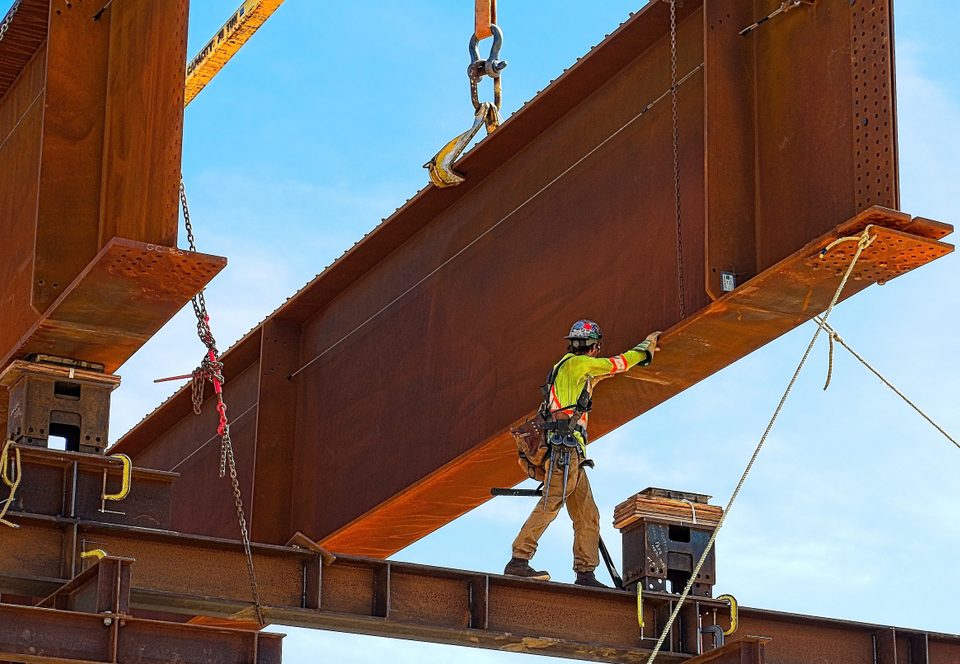Differences Between Drill Rod, Round Bar and Steel Shafting

Selecting and Installing Stainless Steel Kitchen Backsplashes
May 27, 2019
Basics on Metal and Steel Quenching Processes, Part 1
June 14, 2019Within both the steel and general metal world, there are several manufacturing or product types that will look relatively similar, but have important differences in properties and applications. A good example of this is within three round metal types that may appear somewhat similar to the naked eye: Drill rod, round bar and metal shafting.
At Wasatch Steel, we’re proud to offer quality steel products for a variety of needs and applications, including any of these round materials. While drill rod, round bar and shafting may indeed have some very general similarities, they’re actually very different and are used for a whole host of separate applications. Here are some basics on each.
Drill Rod
Generally made from tool steel, drill rods are usually round but may also be found in square shapes after certain alternative fabrication processes. In many cases, drill rod will be tempered before machining, removing some of the hardness present and making the steel easier to work with.
Drill rods are often used for shafts, drill bits, taps, reamers and dowel pins. You may also see them used in hammers and punches. There are two manufacturing processes for drill rod:
- Water-hardened: These are drill rods that machine easily because they’re not heavily alloyed. The rod is heated first, then placed in water for cooling, leading to a durable metal. It should be noted, though, that water-hardened drill rods cannot be welded.
- Oil-hardened: In other cases, oil will be used as the cooling substance, which makes the drill rod much harder. Oil-hardened rods are used for general tools, while water-hardened rods are used specifically for hammers and files.
Round Bar
Round bar refers to any long, cylindrical bar, and can be made with various steel types (hot-rolled, cold-rolled, stainless, alloy), plus aluminum, brass or even a few other metals. Its size can range from fractions of an inch up to 24 inches in some cases. Some basics on a few of the common material types for round bars:
- General steel: Whether hot- or cold-rolled, these types are used for supports, shafts, wheel axles and various building frameworks. Hot-rolled options are used when finish and dimensions don’t need to be precise, while cold-rolled is used for exact dimensions and optimal finishes.
- Stainless steel: For areas where corrosion resistance is needed, stainless steel will be used to combat acidity, chlorine or alkaline environments.
- Brass: Brass bars both look attractive and are easy to machine, making them great for use in marine hardware and various fasteners or fittings. They have great strength, electrical conductivity and corrosion resistance.
- Aluminum: Strong for corrosion resistance but also light in weight, aluminum bars are often used for supports and braces.
Shafting
Finally, shafting is any round bar that’s been made with precision, high-quality steel. Surfaces are polished to make sure they’re completely flawless, and these products are meant to last a long time in highly important industries like labs, motors, weather measuring and other similar areas. Extreme precision is required for producing shafting, which is why a process called inclusion hardening is used – this process retains the steel’s core properties while creating a magnetic field that makes it very hard and precise.
For more on drill rod, round bar and shafting, or to learn about any of our custom steel products or steel services, speak to the staff at Wasatch Steel today.



